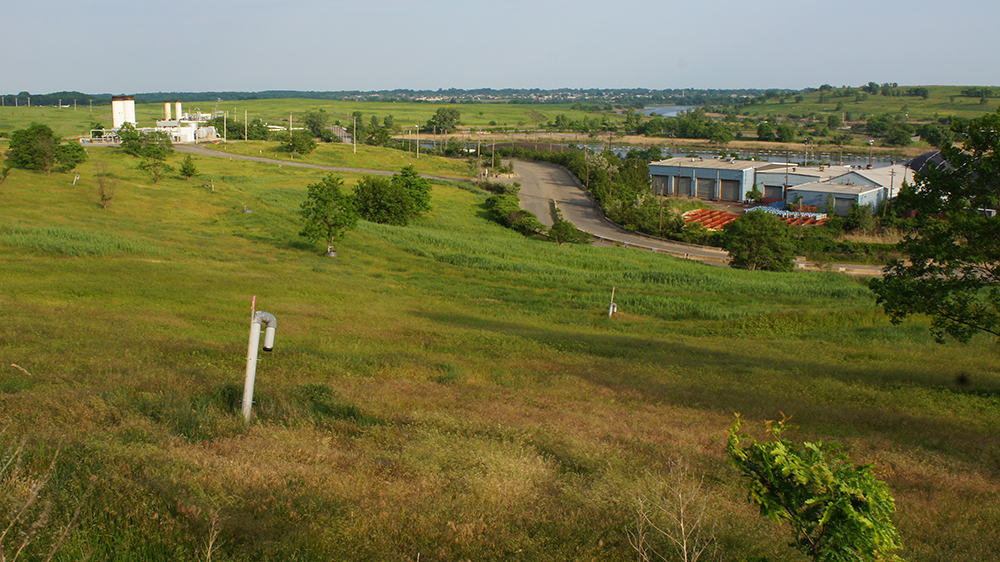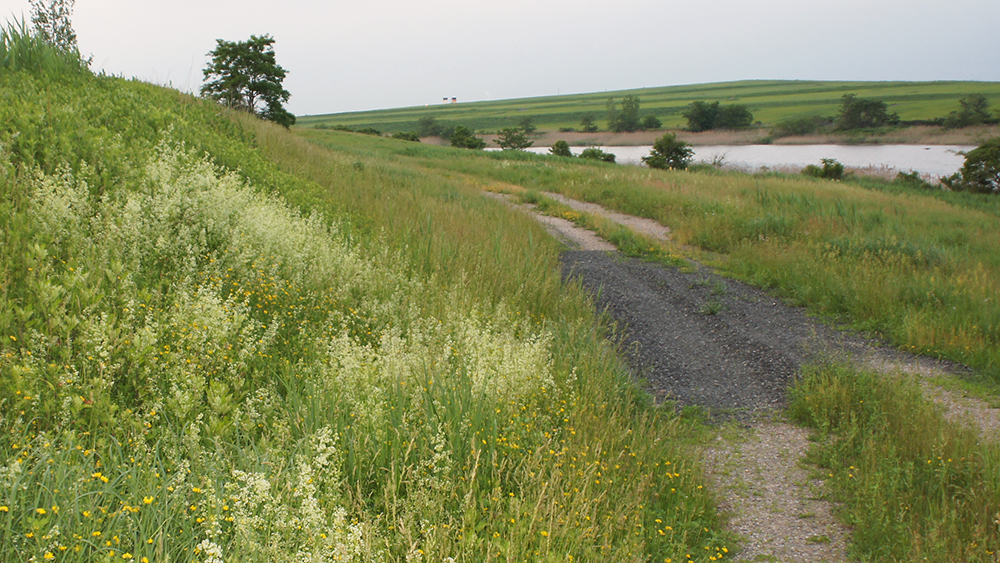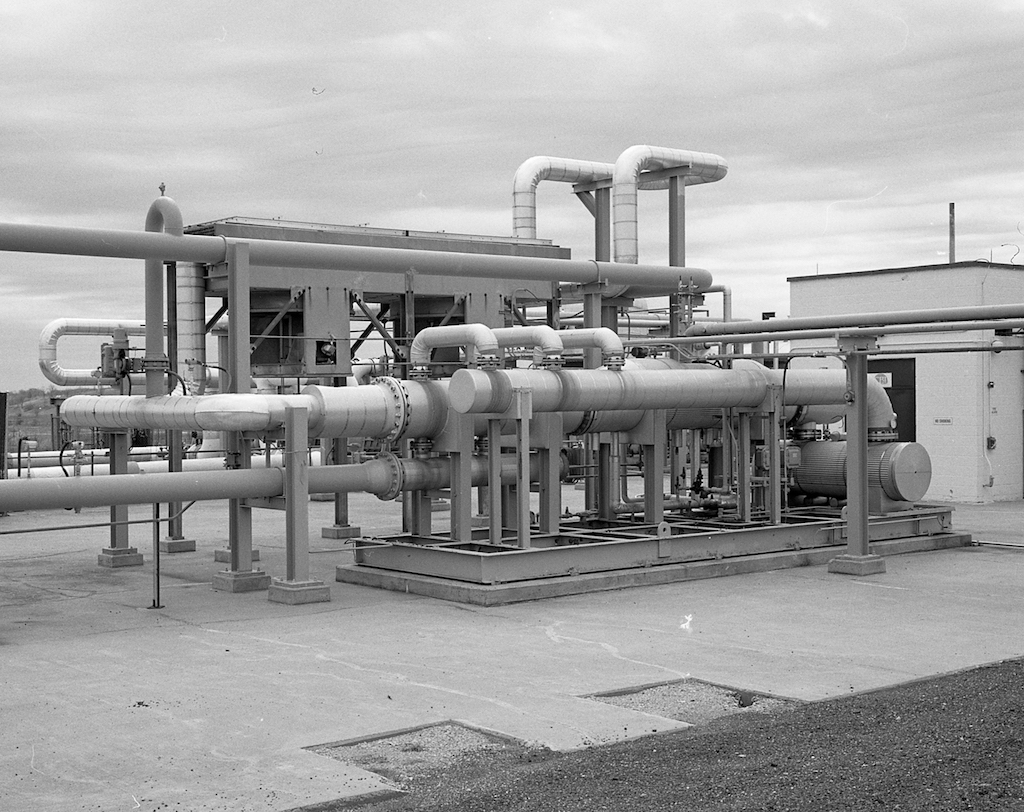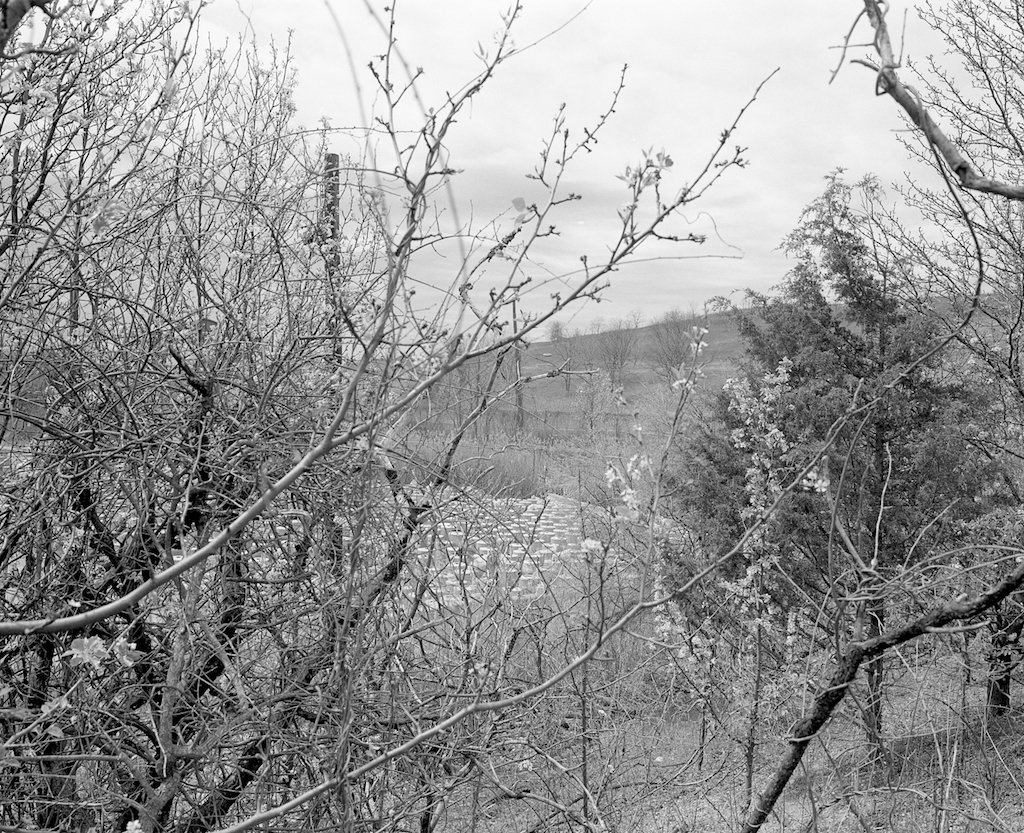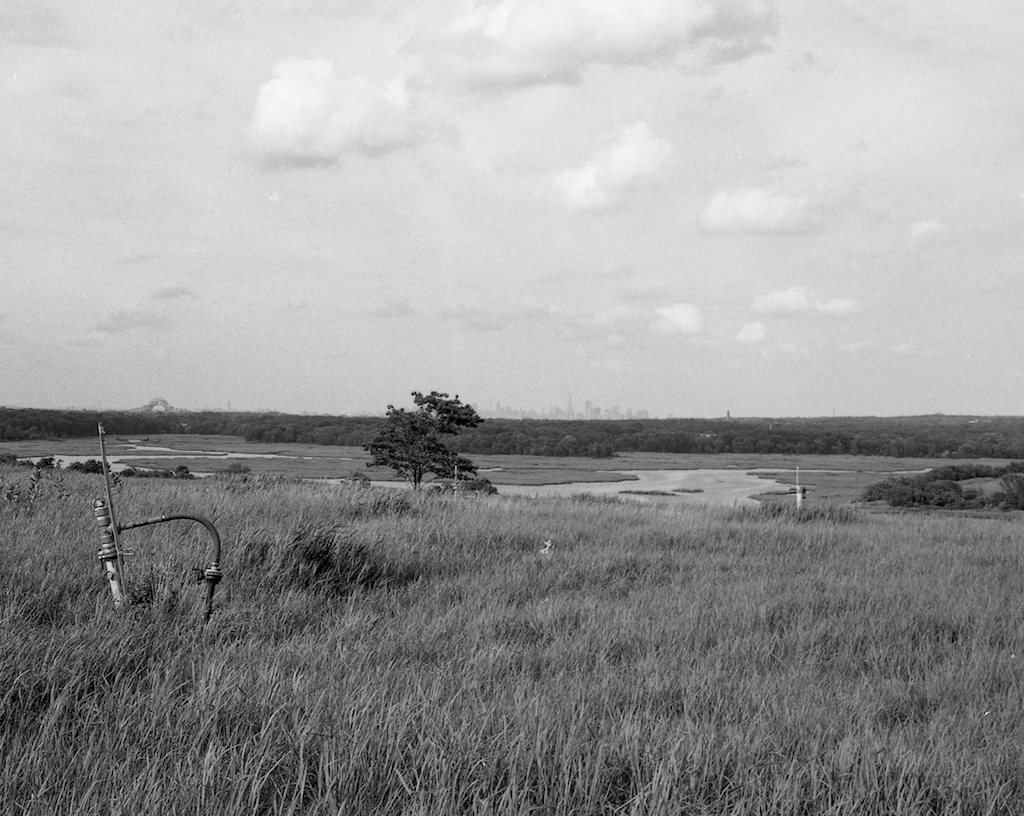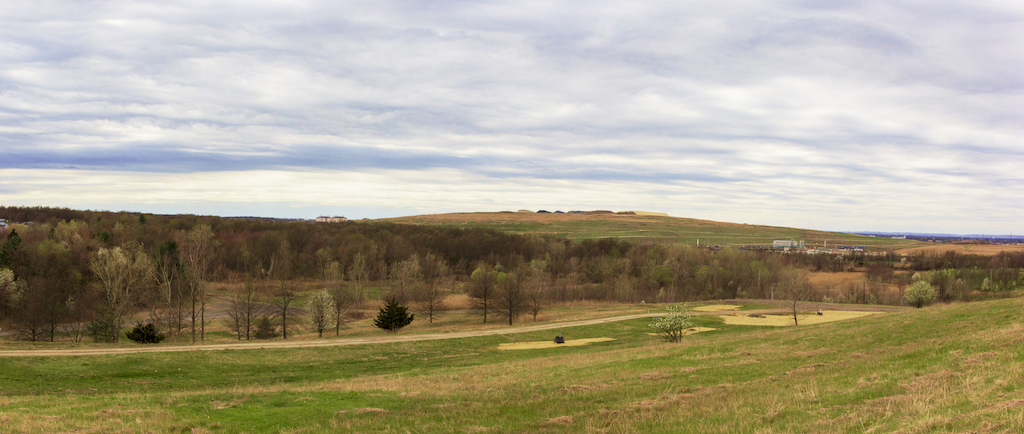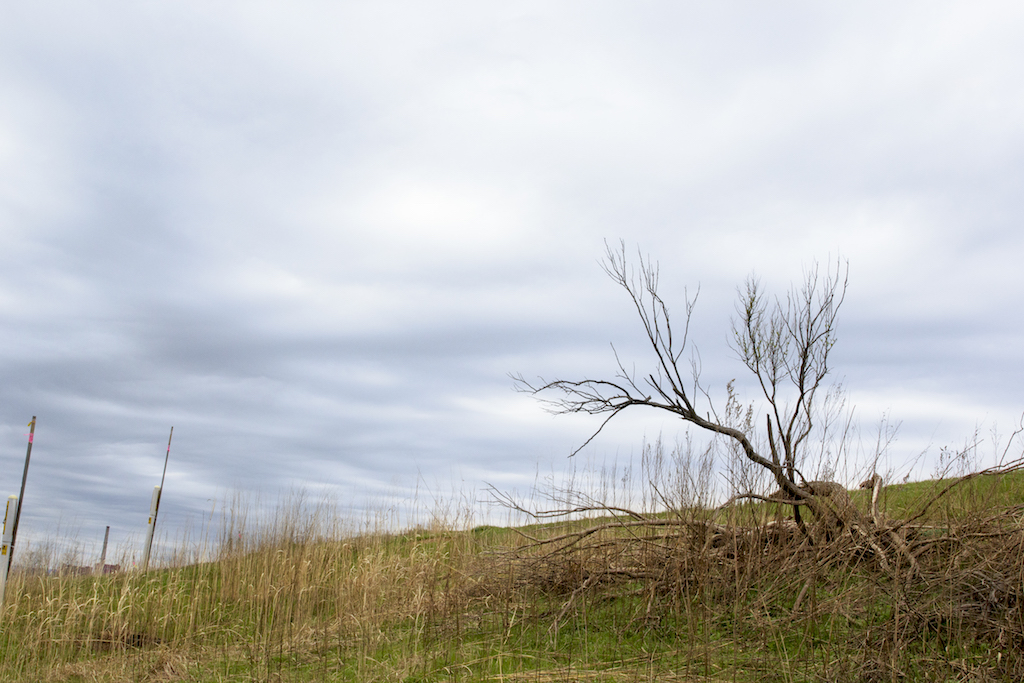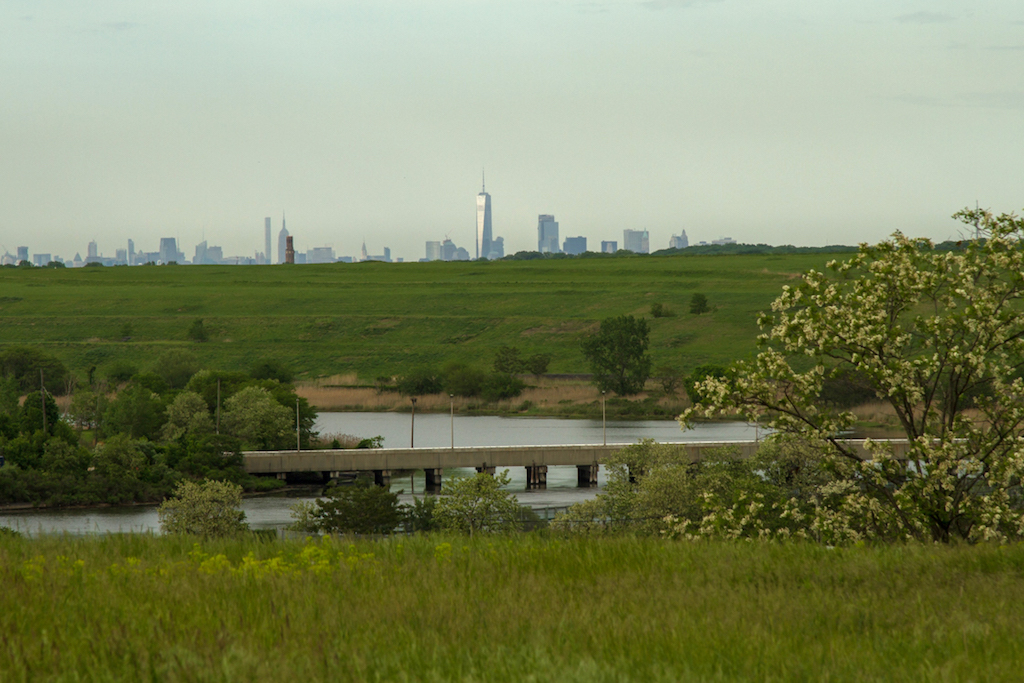Capturing Change
Photographers document the transformation of a Staten Island landfill into parkland. A long term collaboration with NYC Parks and the Freshkills Park Development Team.
We are celebrating 15 years — and counting — of stories that are deeply researched and deeply felt, that build a historical record of what the city has been.
Reminders of the complex systems that manage Freshkills Park dot the surface of the landfill-to-landscape. From the monitoring wellheads and sculpted topography, to the gravel roads, the necklaces of ponds and swales, and even the grasses, the site has been completely engineered throughout its history. Starting in 1948, Robert Moses filled the Fresh Kills wetlands for planned residential development, and then the New York City Department of Sanitation re-engineered the site in a constant feedback loop over the following 50 years to accommodate increasing tonnage of residential waste. Most recently, engineering has worked to re-create infrastructure as public space. When municipalities or private companies establish landfills, projected costs include not only the active life of facility operations, but also closure, an estimate that is updated annually, and “post-closure care,” or long-term maintenance. At present, the planned public utility of a landfill typically ends once closed. But considering “park” as a landfill end use expands the definitions of “post-closure care” and situates Freshkills Park as part of the maintenance plan for Fresh Kills Landfill.
As park development, begun in 2006 with the Draft Master Plan, continues incrementally, management of the site is shared by the NYC Department of Sanitation and NYC Parks, namely the Freshkills Park Development Team, and regulated as a closed landfill by the New York State Department of Environmental Conservation. Each distinct section is separated from the next by waterways and highway overpasses, navigable by roads and bridges. In addition to the maintenance of these familiar forms of infrastructure, a closed landfill requires specialized care. The Department of Sanitation manages the systems at Freshkills that collect and treat waste’s byproducts (leachate and landfill gas), and conducts regular mowing, which allows access for upkeep and stops the 2,200-acre site from evolving into a wild forest.
This collection of photographs puts infrastructure front and center, the obvious and more hidden features that make the Freshkills Park project possible. Its scale and construction timeline have set in motion a new pattern of simultaneous park development and landfill maintenance to recreate public infrastructure as public space, a model that has been and will continue to be applied to landfills and other industrial spaces around the world — even from the very beginning, when the landfills are first established. A park in this context may be both a valuable public amenity and a solution to the challenge of maintaining decommissioned infrastructure. In both form and function, Freshkills Park transforms the landscape.
The views expressed here are those of the authors only and do not reflect the position of The Architectural League of New York.
Photographers document the transformation of a Staten Island landfill into parkland. A long term collaboration with NYC Parks and the Freshkills Park Development Team.


